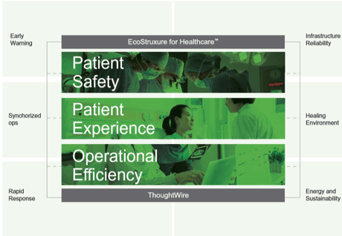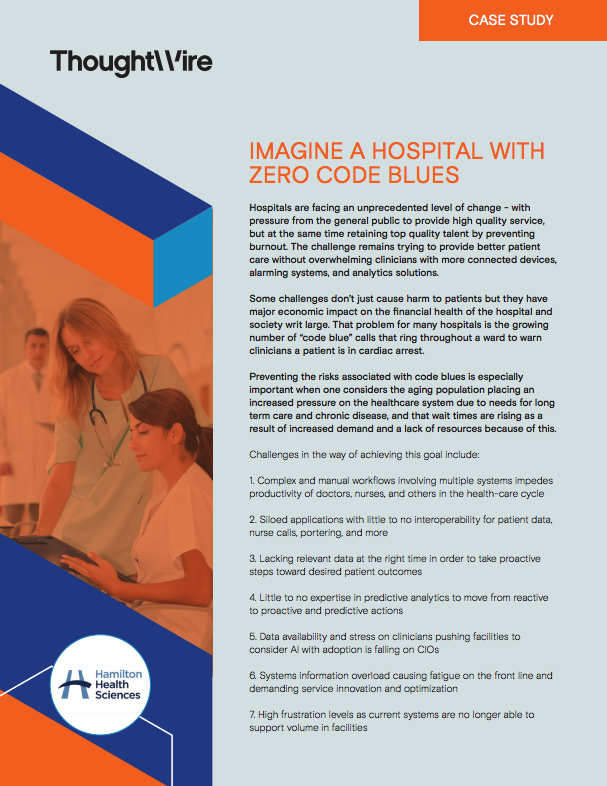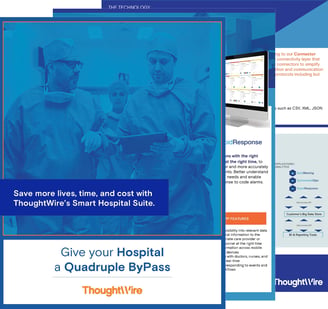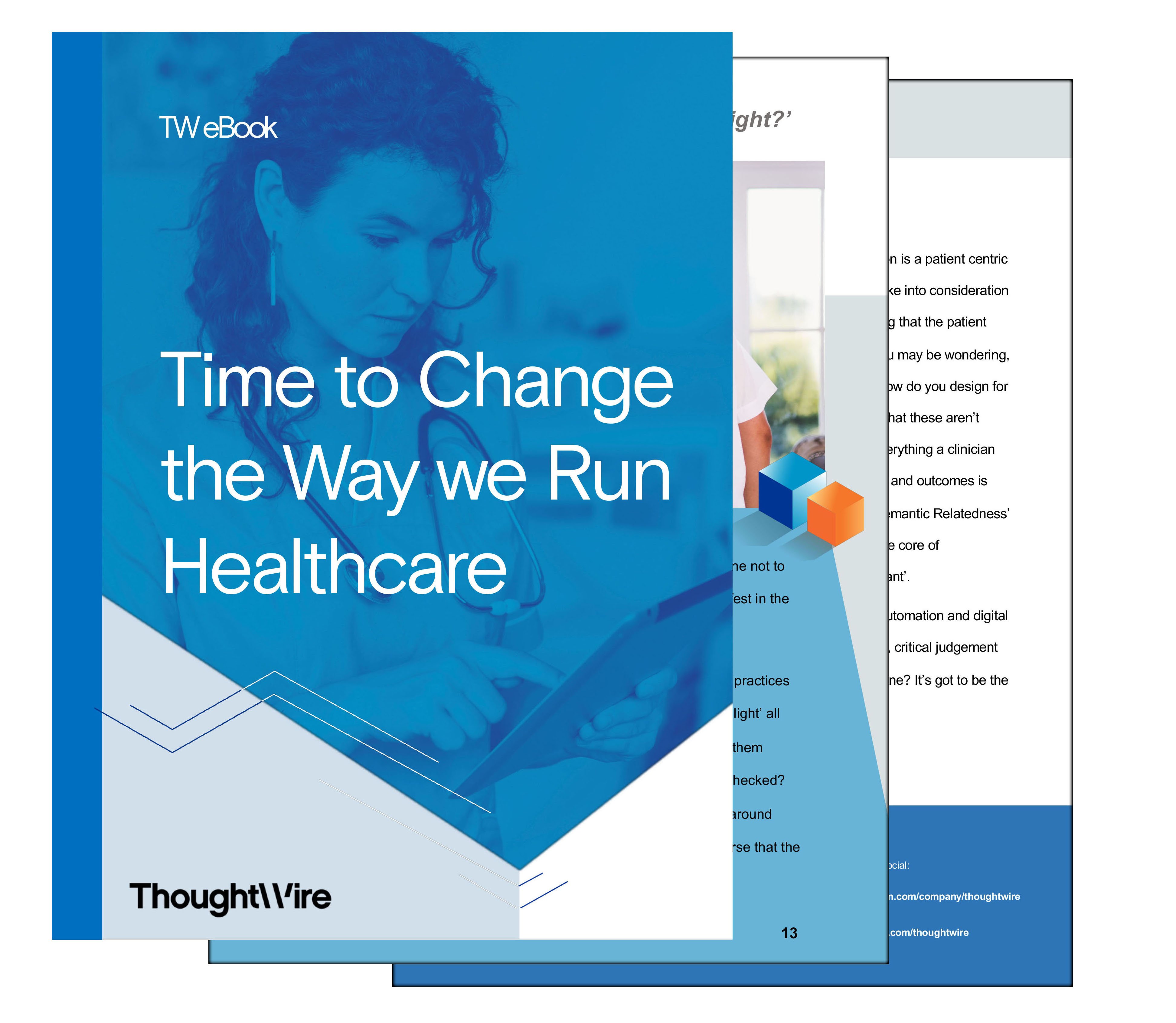How many of you believe in the adage that turning off the lights when you leave a room is good practice? This was certainly true when incandescent bulbs that generated more heat than light were commonly used, but what about now when fluorescent (CFL) and LED bulbs are much more prevalent? Even though turning off and on CFL bulbs decrease their life expectancy, the amount of energy that is saved is often enough to justify the cost. In other words, every little bit helps. So why isn’t this practiced everywhere, like in hospitals?
In a hospital ward I previously worked at, lights were controlled in the patient’s rooms manually with a drawstring/chain above the bed. As this was a mental health environment, the chain was very short - for safety reasons - making it rather cumbersome to control. What made it even worse was that it was a multi-light, overhead and below, therefore it had to cycle between 3 settings (bottom on, top on, both on) before it would shut off. All-lights-on was the last setting so everyone would be momentarily blinded before the lights would turn off. Needless to say, the nurses avoided adjusting the lights as much as possible. The other lighting hassle was the shared washroom for multi-patient rooms. In the middle of the night, patients wished to not disturb their neighbour, therefore they would keep the light off leading to accidents. This inevitably led to keeping the lights on in the bathroom at all times for safety.
There was another way we used light in the mental health wards, through different forms of light therapy. We would go on group walks to the end of the floor where open windows were facing the sun. I had many of my patients tell me how they actively looked forward to those sunrise/sunset walks for the calming effect it had on them. Another form was through coloured lights promoting a similar ‘jovial’ effect with the child and adolescent population. Many organizations have started adopting adjustable smart lights into their environments to give their patient population a more comforting and therapeutic experience.
While the ability for patients to control their own environment settings helps their stay at the hospital feel more at ‘home’, a hidden benefit is the cost savings that these types of light bulbs and system offer. Newer light bulbs, such as LEDs, do not consume any additional energy to turn on or off and therefore can be always shut off when not needed. One light bulb being turned off might not add up to a lot, but what if all bulbs were off when not needed such as when a patient isn’t in a room?
Although many clinicians are energy conscious, it is typically the last thing on their mind when it comes to providing the best care for patients; the patient’s life and treatment will always be the highest priority no matter how much energy it would cost. This means any solution that stands to deliver energy efficiencies would have to function ‘behind the scenes’ where there is zero disruption to the existing clinical workflows. Take for example trying to automate lights inside a patient room. It would be difficult to use occupancy sensors or motion sensors for many reasons: patient immobile in bed, a patient just pacing in and out of the room, a nurse coming into the room in the middle of the night to check up on the patient and not wanting light to turn on. So if those types of sensors don’t work, what can you count on? An option may be to provide digital controls for clinicians on their devices and workstations, however that will require manual input that doesn’t always fit existing workflows.
Through analyzing over a years worth of patient data from a hospital running our Digital Twin, we were able to see that many ‘occupied’ beds (having a patient admitted to it) were actually empty throughout the day. Patients are constantly going down for tests and procedures, participating in activities in common areas, and in some cases are out of the hospital on day or weekend passes, such as in mental health. These are rooms and beds that do not require the lights to be on. By integrating with systems and solutions that can actively detect the real ‘occupancy’ state - monitoring a patient’s activity status - automation of the environment can be done without impacting anyone.







